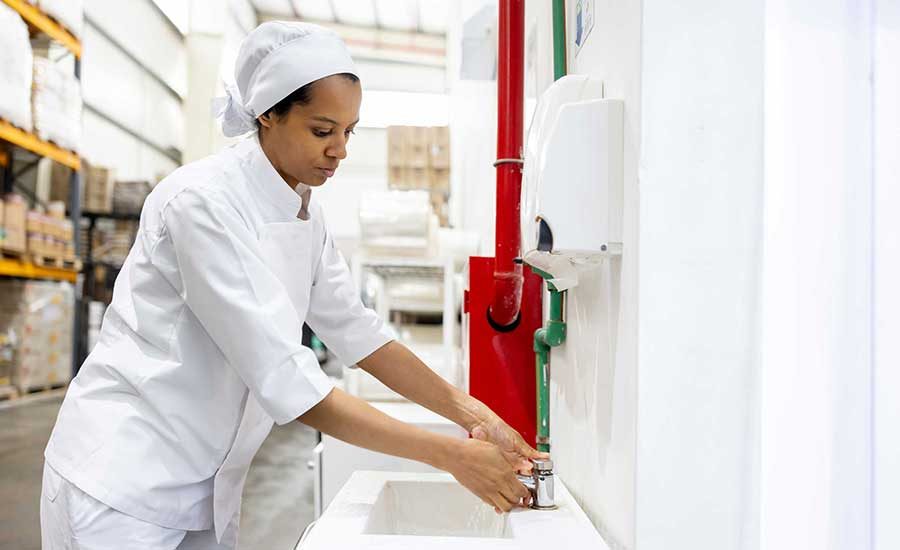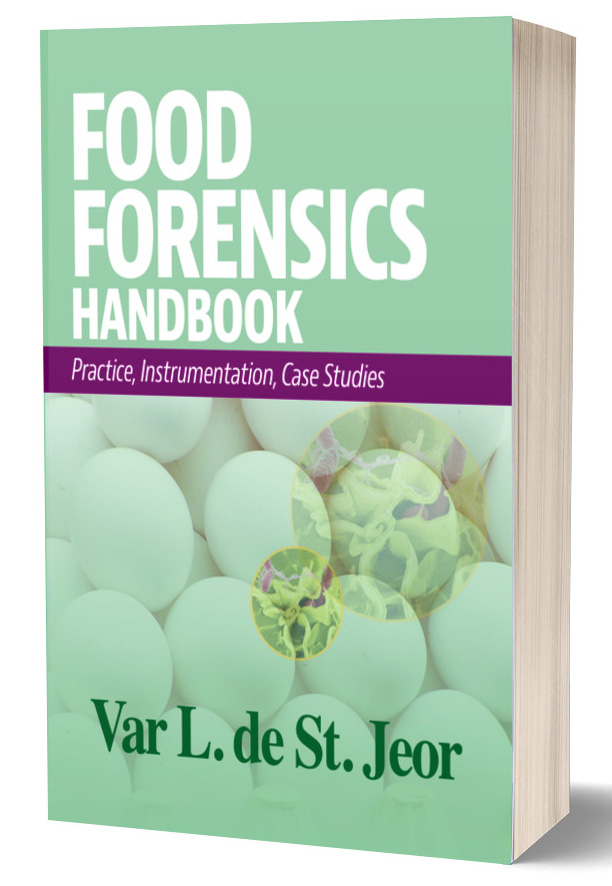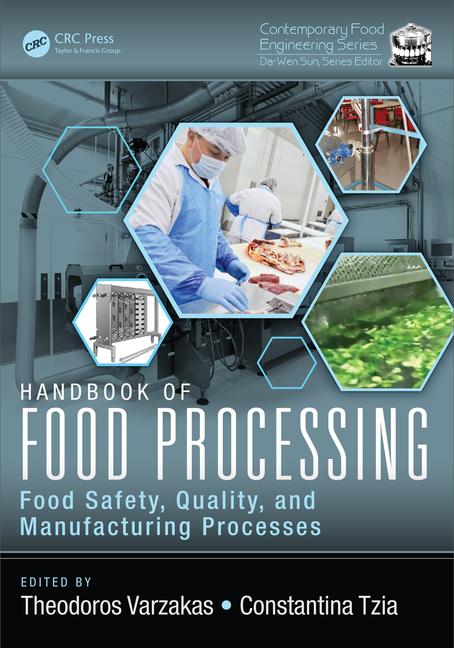Study Shows Combining Antimicrobial Blue Light and Chemical Sanitizers Can Enhance Listeria Inactivation

Image credit: kjpargeter via Freepik
A recent study suggests a synergistic effect of antimicrobial blue light (aBL) treatment in combination with low concentrations of commonly used sanitizers for the inactivation of Listeria monocytogenes on food contact surfaces.
Published in the Journal of Food Protection, the study was conducted by the University of Georgia’s (UGA’s) Amaryllis Rivera-Santiago, M.S., Graduate Research Assistant; and Francisco Diez-Gonzalez, Ph.D., Director and Professor in the Center for Food Safety at UGA. The project was supported by the U.S. Department of Agriculture’s National Institute of Food and Agriculture (USDA-NIFA).
L. monocytogenes is a significant foodborne pathogen that poses a challenge for the food industry and a threat to public health. Chemical sanitizers are widely used by the food industry to control foodborne pathogens in production environments, although L. monocytogenes can survive chemical treatment in niches and form biofilms, leading to persistent contamination that can spread throughout a facility. However, previous studies have shown the potential utility of aBL for reducing the viability of L. monocytogenes on surfaces, although it has yet to be applied for pathogen control outside of the laboratory.
In this context, the UGA study sought to determine if combinations of aBL with commonly used sanitizers—sodium hypochlorite (NaClO), peracetic acid (PAA), and benzalkonium chloride (BAC)—enhanced the inactivation of dried L. monocytogenes cells dried on food contact surfaces. To the researchers’ knowledge, their study is one of the first to investigate combinations of aBL and chemical sanitizers.
For the study, the researchers inoculated stainless steel and polytetrafluoroethylene (PTFE, commonly known as Teflon) coupons with five diverse L. monocytogenes strains. The inoculated coupons were exposed to treatments of aBL at 405 nanometers (nm) and sanitizers in concentrations that cause less than 2 log colony forming units (CFU)/coupon viability reductions, both sequentially and simultaneously. Controls for aBL and sanitizers alone were also tested.
Overall, the researchers found that, at low sanitizer concentrations, the simultaneous application of aBL with any of the three tested sanitizers resulted in greater reductions in L. monocytogenes viability than the addition of the separately applied treatments, suggesting a synergistic effect. The results of sequential, separate treatments of sanitizers and aBL varied based on aBL dose, sanitizer type and concentration, coupon material, and the sequence order of treatments.
On stainless steel, when treated with aBL alone, average viability reductions of less than 2 log CFU/coupon were observed. Single treatments with NaClO at 20 parts-per-million (ppm) for 60 minutes (min) and PAA (30 ppm/30 min) resulted in less than 1.5 log CFU/coupon inactivation.
However, reductions resulting from sequential treatments ranged between 1.5 log CFU/coupon for BAC (40 ppm/30 minutes), and 5.5 log CFU/coupon for NaClO (75ppm/60 minutes) applied before aBL on PTFE.
Statistically significant differences were observed when the results obtained at low sanitizer concentrations simultaneously used with aBL were compared to the sum of the single results (3.5 log versus 5.4 log CFU/coupon, or 3.5 vs. 4.7 log CFU/coupon), suggesting a synergistic effect between sanitizers and aBL for pathogen reduction.
Looking for a reprint of this article?
From high-res PDFs to custom plaques, order your copy today!









